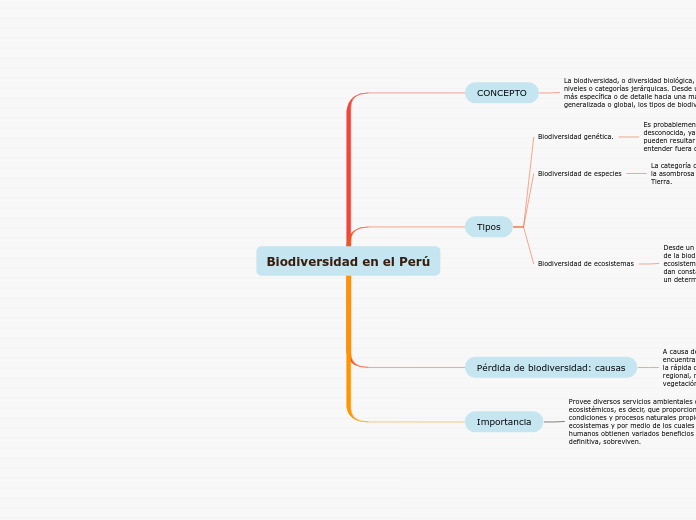arabera 05-EF-HU-JOSHELIN THALIA PORRAS RONDON 4 years ago
1182
Biodiversidad en el Perú

arabera 05-EF-HU-JOSHELIN THALIA PORRAS RONDON 4 years ago
1182

Honelako gehiago

To name your story, you have to think about the overall message and what you want your audience to understand from the story. Also, make it relevant and easy to remember.
The ending of a story is essential. We all know that if the ending is weak, what happened before loses its importance. So make it unpredictable, but fair. A resolved ending answers all the questions and ties up any loose threads from the plot.
This is the moment when the main character surpasses the last obstacle and finally faces their greatest challenge.
The climax usually follows one of these patterns:
Type in your answer.
The middle of the story is where you add layers of complications that will lead to the end. Reveal more about the character's journey. Did their personality go through changes? How did they overcome the challenges? And as you build up the story’s central conflict, make it more personal to that character. Also, from the middle act, you have to lead into the final act.
There wouldn't be any tension and excitement in your story if there weren't any obstacles in your character's way.
A story is nothing more than a character overcoming a series of difficulties to reach the desired goal. Obstacles usually create suspense and conflict. In overcoming obstacles, there is growth: weak becomes strong; hatred turns into love; sadness into happiness; wrong into right; lies into truth; or evil becomes good.
See a few examples below:
Diversidad gamma
Este último tipo de biodiversidad de ecosistemas se enfoca en describir la riqueza total de especies que podemos encontrar a gran escala, es decir, en la agrupación de varios ecosistemas.
Diversidad Beta
Es la encargada de mostrar las relaciones ecológicas que existen entre la diversidad de especies de un ecosistema y otro, o bien, de un mismo ecosistema frente a diferentes gradientes ambientales.
Diversidad Alfa
Hace referencia a la biodiversidad que existe dentro de un área determinada, definida por una comunidad o ecosistema, en el que se conoce la riqueza (número) de especies, o bien los diferentes grupos de organismos que en él habitan (reconociéndolos según la familia o género taxonómico al que pertenecen).
Your character(s) need(s) motivation in order to solve the challenge(s).
Secondary characters might also have motives that lead them to cross paths with the main character or which might trigger them to help the main character.
Each story has a main character and that character usually needs to solve a problem or challenge. The character's challenge is the one that creates tension throughout the story.
In most stories, there are 3 challenges. The number 3 is a mystical number symbolizing completeness. Try to come up with interesting challenges with which your character needs to struggle.
See a few examples below:
In the beginning of the story (or the exposition), you will need to introduce the setting and characters. You might also want to introduce the main conflict. This part of the story is important because it gives the reader necessary background information and maybe even a first insight into a character’s personality.
Characters are essential to a good story. Usually, the protagonist(s) is/are the most affected by the plot. Introduce a character by focusing on their actions, interests, and occupation, as the physical appearance doesn't make a difference in most cases.